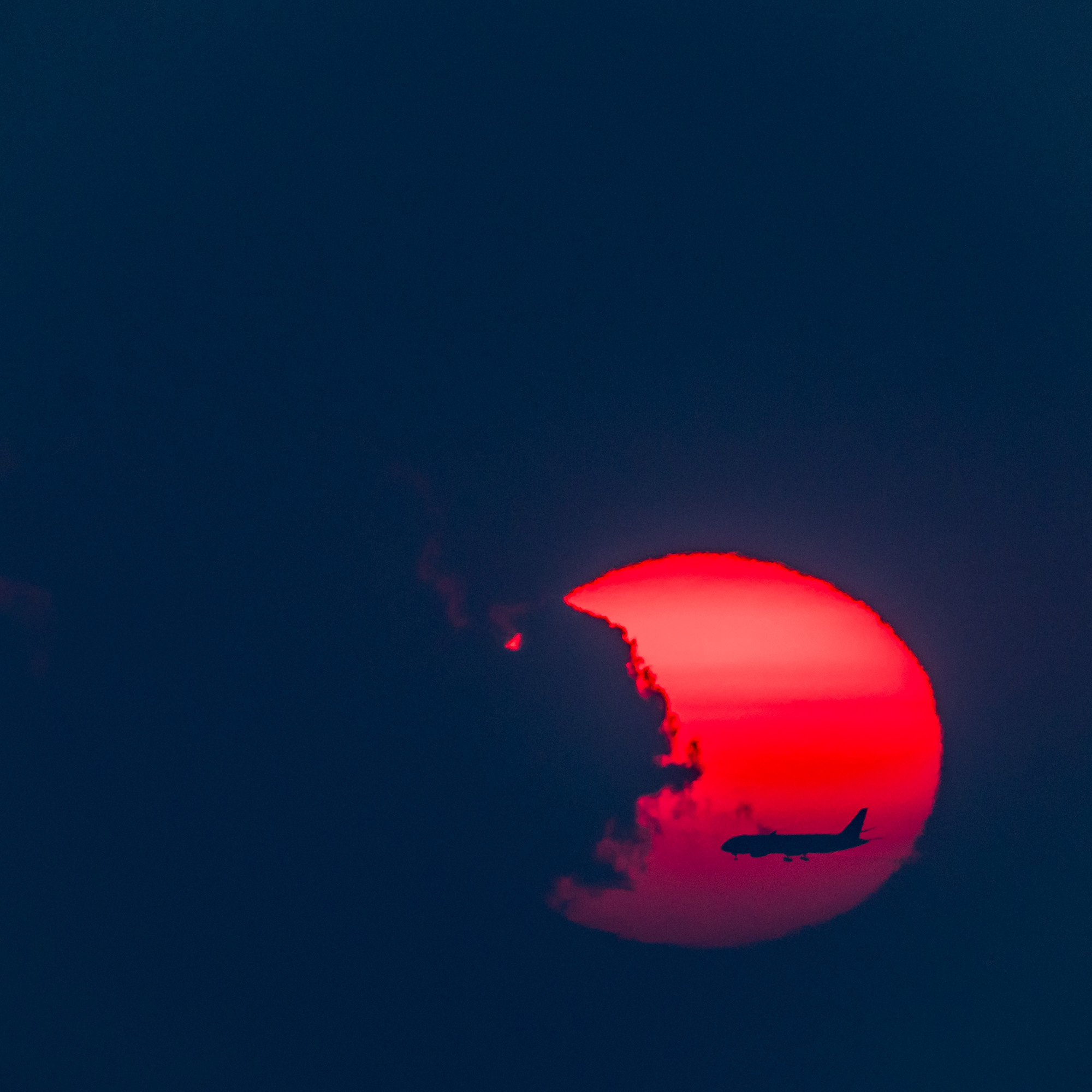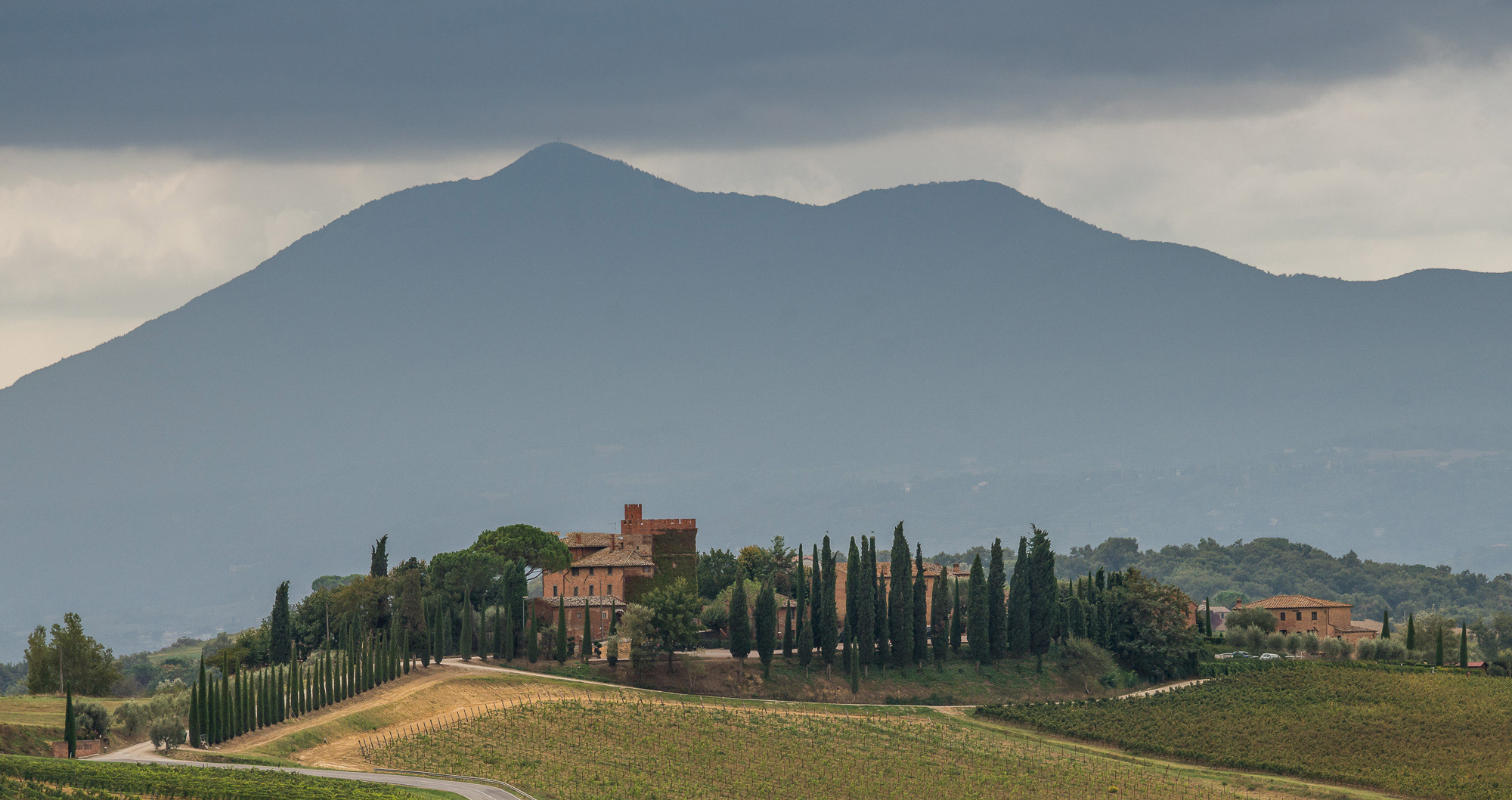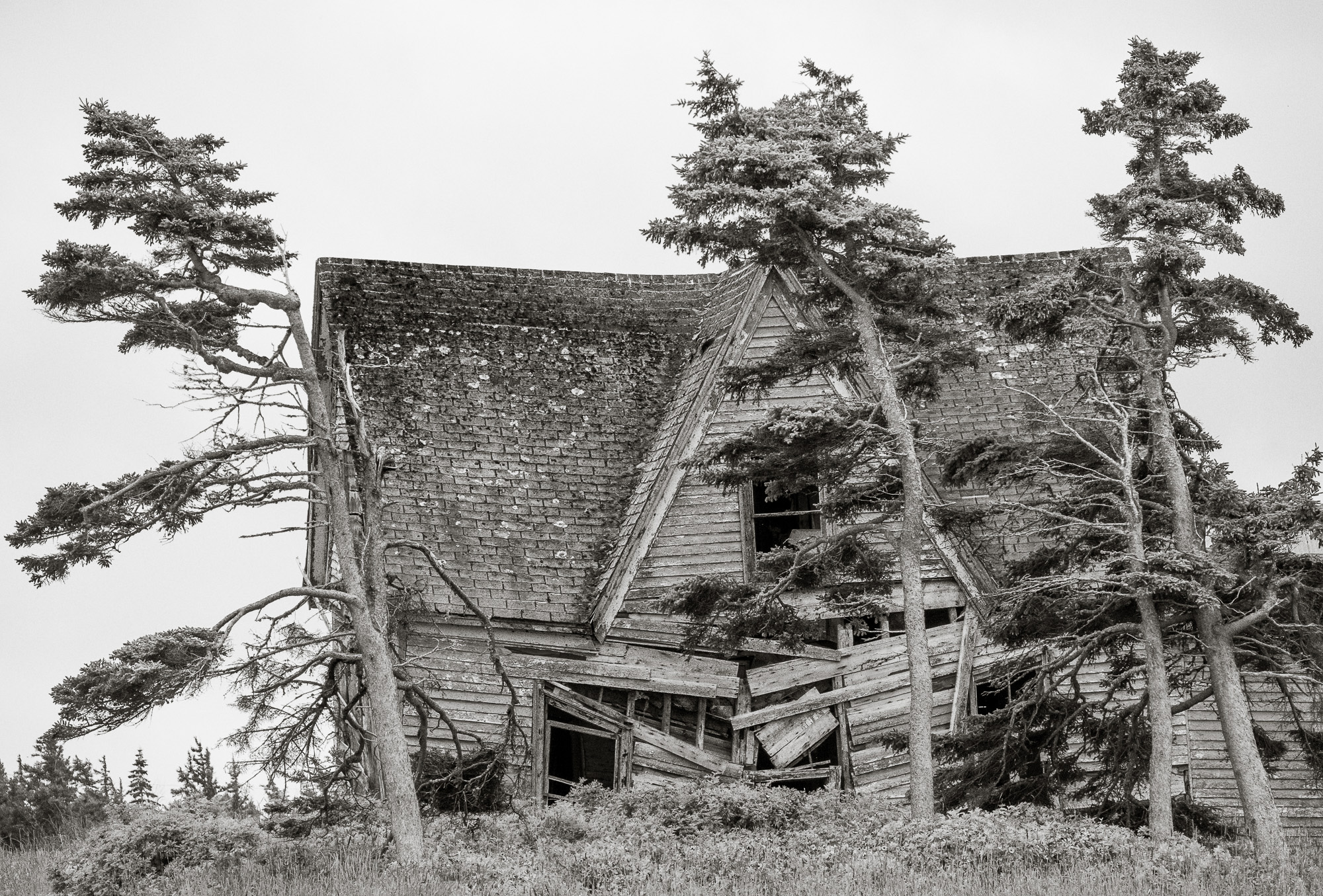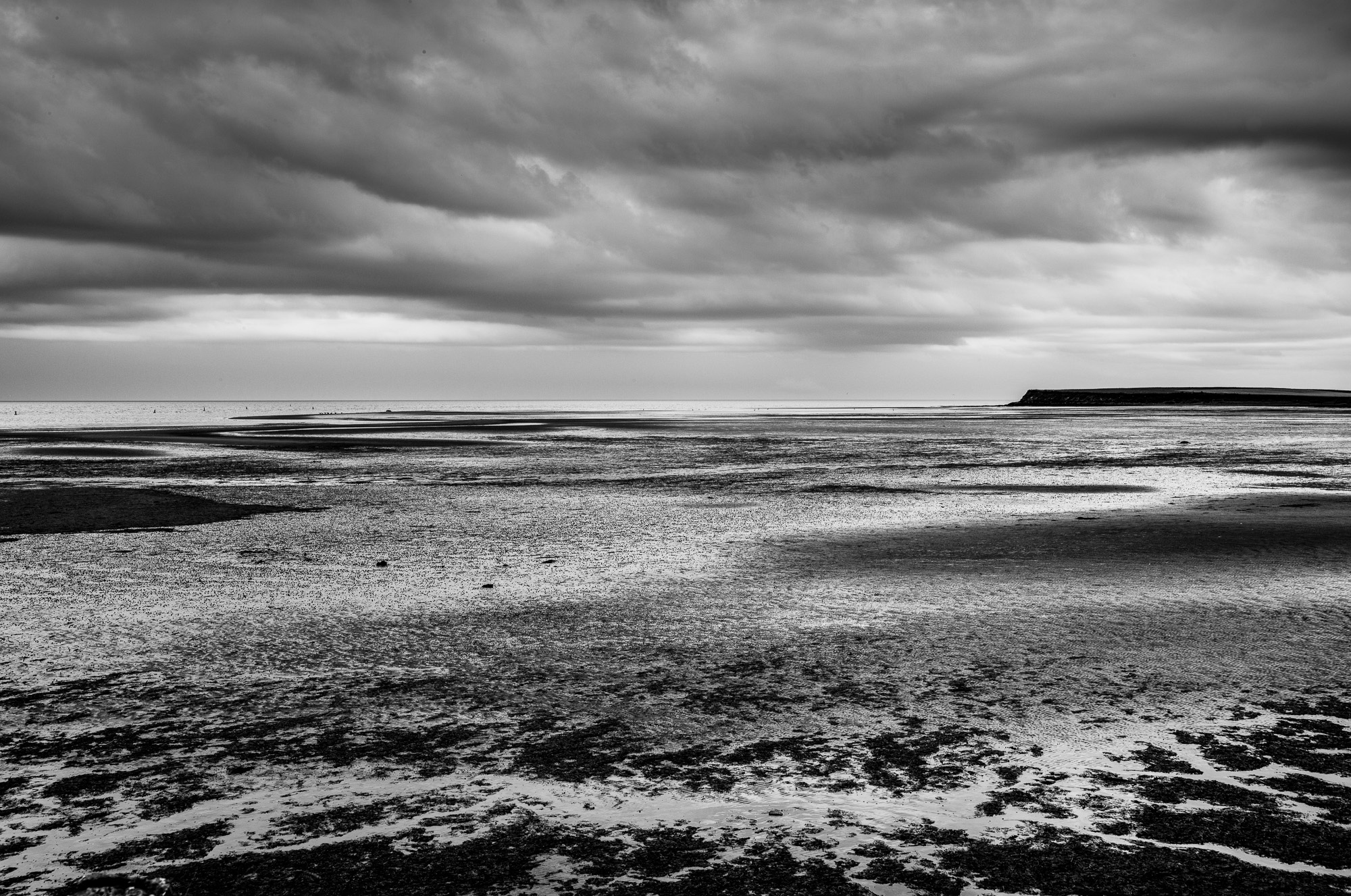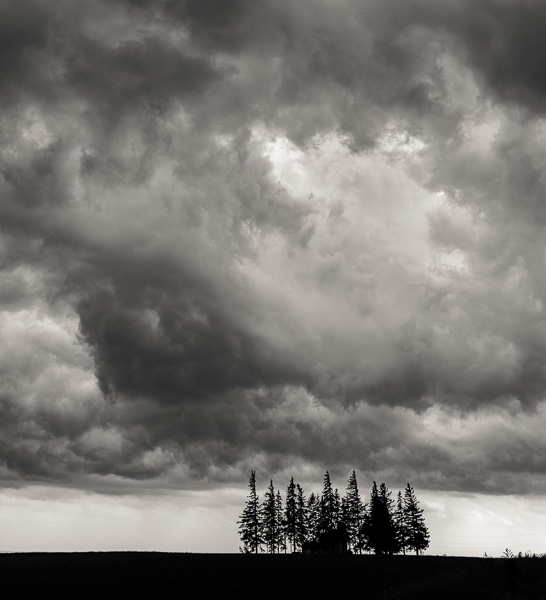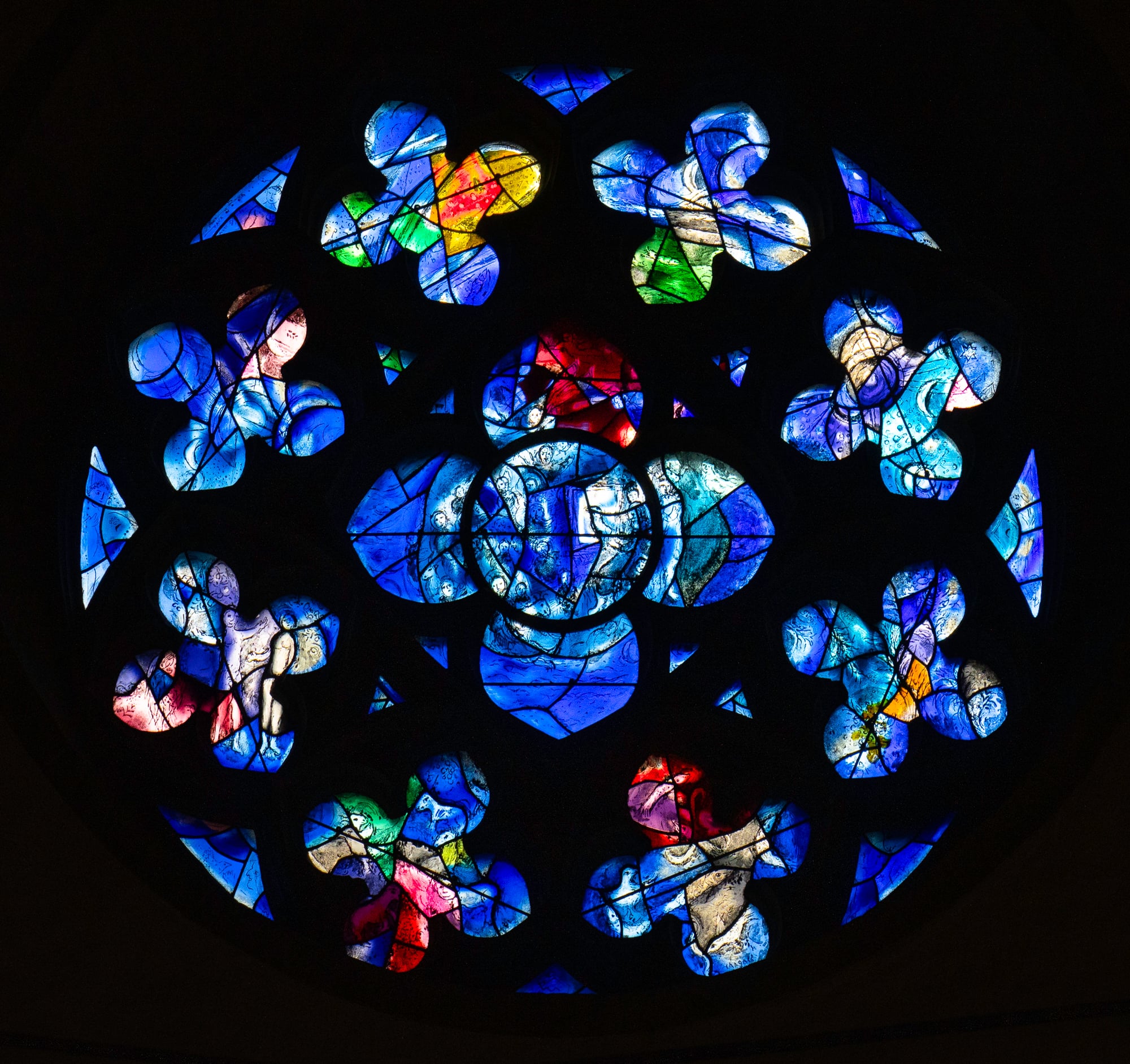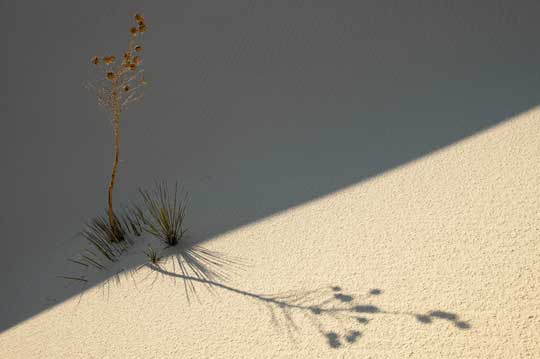
Branch & Shadow — December, 2002
Canon 1Ds with 16-35mm f/2.8L @ 35mm. ISO 160
Photographs are usually about things, not their absence. But in art there is the concept of "negative space", where what isn’t there is as important as what is. The above photograph nicely exemplifies this concept, and so a look at how it was made, and how it can be interpreted may be worthwhile.
The photograph was made inWhite Sands National Parkjust about an hour after an early December sunrise. The "good light" was quickly fading and I knew that within less than another hour the light would become flat and uninteresting. Though I felt like a kid in a candy store — there were so many fascinating photographic possibilities available, I was looking for something that would capture the feeling of strong contrasts that I was seeing all around me.
What first caught my eye as I was hiking through the dunes was how this particular plant was backlit. Yet, I literally could see the shadow line creeping down the slope and knew that in little more than a minute or two the plant’s shadow would disappear. I therefore didn’t bother with my tripod, which was over my shoulder on a sling. I bumped the ISO on my 1Ds to 160 and set the exposure to 1/200 sec @ f/13 with +1/3 stop exposure compensation. With the lens set to a 35mm focal length this gave me enough depth of field as well as eliminating the chance of any softness due to hand holding. The slight additional exposure opened up the shadows a bit and made the sun-lit sand a bit brighter as well.
In the Shadows
Try and visualize this image without the demarcation between shadow and sunlight sections. My guess is that it would be pretty mundane. It’s the contrast (pardon the pun) between the light and dark areas that first attracts the eye. The shadows have detail, and so do the highlights. There’s no mystery there. Also, the frame has somewhat more shadow area than sunlit. Yet, the bright area is intersected by a shadow and the dark area by an illuminated (backlit) subject. Opposites. Yin and Yang.
There’s no optical illusion here, no visual or photographic tricks. This is a straightforward record of what was there at the time with hardly any cropping or post processing. The composition is unorthodox, yet the eye keeps moving into and out of the multiple negative spaces.
All of this intellectualizing is of course after the fact. None of it was in my mind when I took the photograph. I simply was drawn to a compelling confluence of subject and light.
Read this story and all the best stories on The Luminous Landscape
The author has made this story available to Luminous Landscape members only. Upgrade to get instant access to this story and other benefits available only to members.
Why choose us?
Luminous-Landscape is a membership site. Our website contains over 5300 articles on almost every topic, camera, lens and printer you can imagine. Our membership model is simple, just $2 a month ($24.00 USD a year). This $24 gains you access to a wealth of information including all our past and future video tutorials on such topics as Lightroom, Capture One, Printing, file management and dozens of interviews and travel videos.
- New Articles every few days
- All original content found nowhere else on the web
- No Pop Up Google Sense ads – Our advertisers are photo related
- Download/stream video to any device
- NEW videos monthly
- Top well-known photographer contributors
- Posts from industry leaders
- Speciality Photography Workshops
- Mobile device scalable
- Exclusive video interviews
- Special vendor offers for members
- Hands On Product reviews
- FREE – User Forum. One of the most read user forums on the internet
- Access to our community Buy and Sell pages; for members only.






